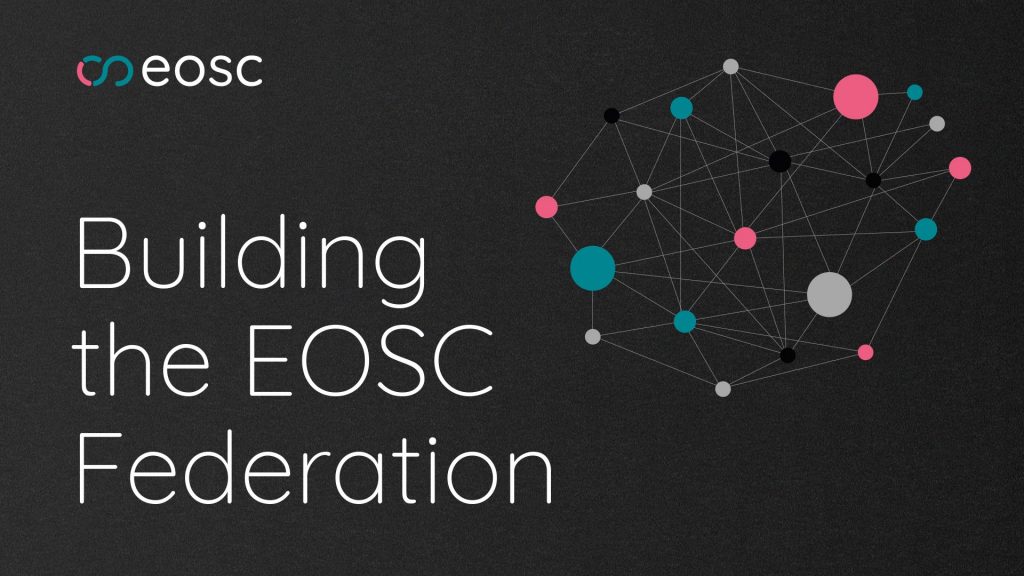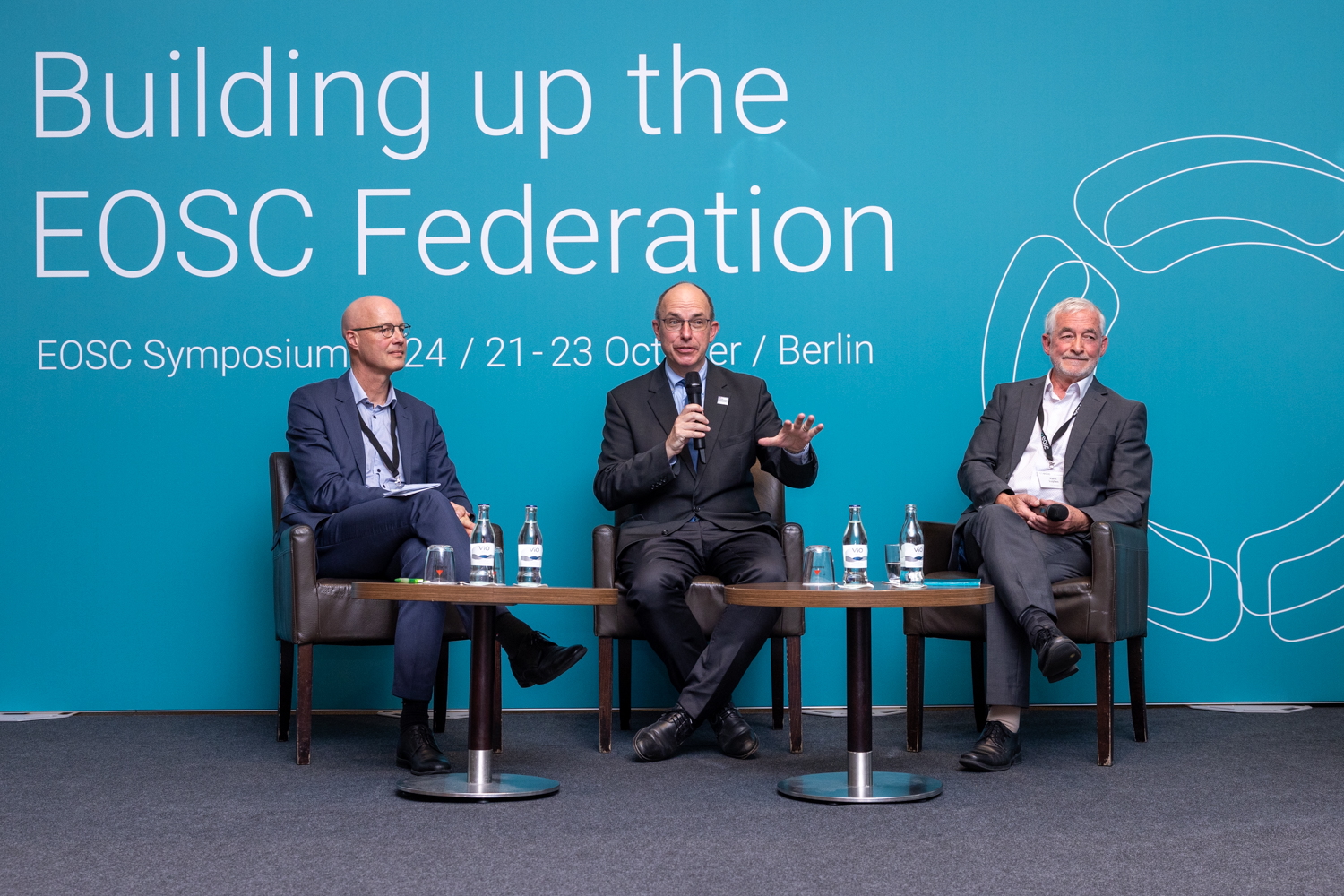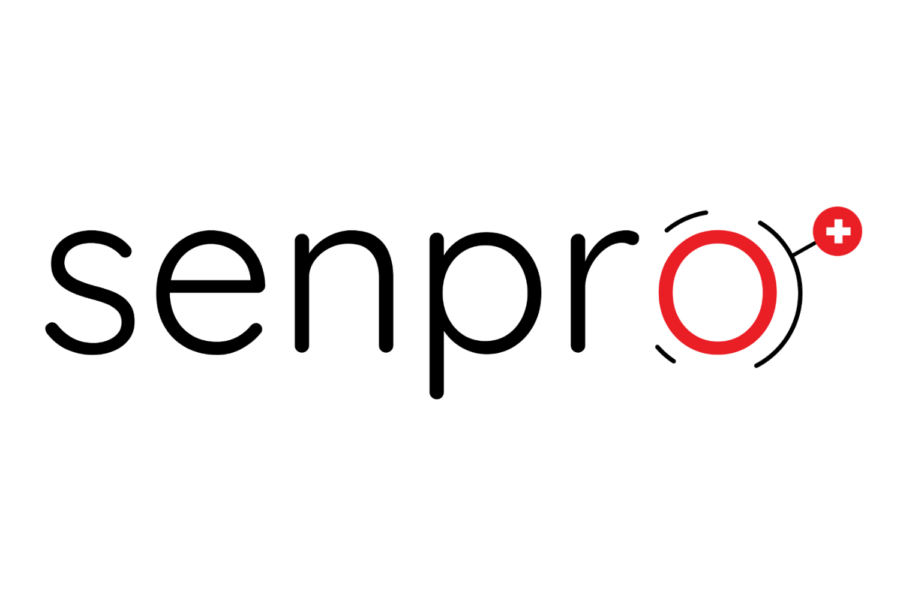BUDAPEST — The sixth meeting of the EOSC Tripartite Governance took place on 07 November in Budapest and online.

The Tripartite Governance, which is made up of representatives from the EOSC Association, the European Commission, and the Member States and Associated Countries as represented in the EOSC Steering Board, meets twice a year to provide strategic advice critical to the development of EOSC.
Central to the meeting’s agenda were to advance the process to arrive at a first wave of Candidate EOSC Nodes by agreeing on a sequence of enrolments, and to coordinate a community engagement plan for the build-up phase of the EOSC Federation.
The process to identify Candidate EOSC Nodes began in the summer of 2024 with a questionnaire issued by the Tripartite. The purpose of the questionnaire was to gauge the overall level of interest of relevant parties to join the EOSC Federation during its build-up phase. The response was overwhelming, with 121 organisations expressing interest.
Criteria for sequencing
Grounded in the technical, organisational and scientific goals of the EOSC Federation’s build-up phase, the criteria agreed by the Tripartite include the following:
Interest to become an EOSC Node
- Respondent expresses intention to build an EOSC Node and can identify legal entity
Maturity and diversity of resources that can be offered through the EOSC Federation
- Respondent can offer a diverse set of proven resources/services
- Services/resources offered are in a mature state, with priority given to those with a track record of operating them in a production-grade environment
- Respondent is referred by other respondents as representative Candidate Node to onboard resources
Inclusivity and representation of research communities and different types of organisations
- Inclusion of organisations from the thematic domains of the five science clusters, as well as of national scope
- Inclusion of RPOs, service providers, research infrastructures, national organisations and institutions
- Broad geographic representation
- Potential for coordination amongst groups of respondents
- Take into account participation in EOSC EU Node consortium
Two-stage dialogue process
Agreed by the EOSC Tripartite Governance at last week’s meeting was a two-stage dialogue process that aims to enable the Tripartite to arrive at a first wave of Candidate Nodes by February 2025.
The first-stage dialogues will be organised in groups of Potential Candidate Nodes (see table below), with the objective to reconfirm their commitments, present key goals and deliverables, and to discuss the objectives, expectations, coordination and timeline for delivery. The goal is to work together to identify which organisations will move to the second-stage dialogues.
Second-stage dialogue meetings will focus on more organisational and technical details, and the specifics of each of the organisations. These dialogues will take place in the weeks following the first-stage meetings, and should be concluded in February 2025.
Following the enrolment of the first wave of Candidate EOSC Nodes, multiple subsequent enrolment waves are foreseen and will be scheduled in accordance with the capacity of the EOSC Federation. Moreover, the process will allow for participation by those organisations which have not replied to the initial questionnaire, and will present an opportunity for respondents to inform the Tripartite concerning any updates to previously submitted responses.
Potential Candidate Nodes (first wave) invited to participate in first-stage dialogue meetings
| First-stage dialogue Meeting 1 | First-stage dialogue Meeting 2 | First-stage dialogue Meeting 3 | First-stage dialogue Meeting 4 |
|---|---|---|---|
| ACTRIS ERIC ARIADNE RI CERN CLARIN ERIC CNR (Blue-Cloud) CNRS-LAPP (ESCAPE) ESRF (PaNOSC) | BITP CNRS (Data Terra) CVTI SR Foundation ICSC HUN REN Lux NDS NCN NFDI | ACOnet / EOSC Support Office Austria ARNES CSC – IT Centre for Science DeiC EUDAT NRIS SND SRCE SURF | BBMRI ERIC Elixir Hub EMBL Euro-BioImaging ERIC Instruct ERIC |




